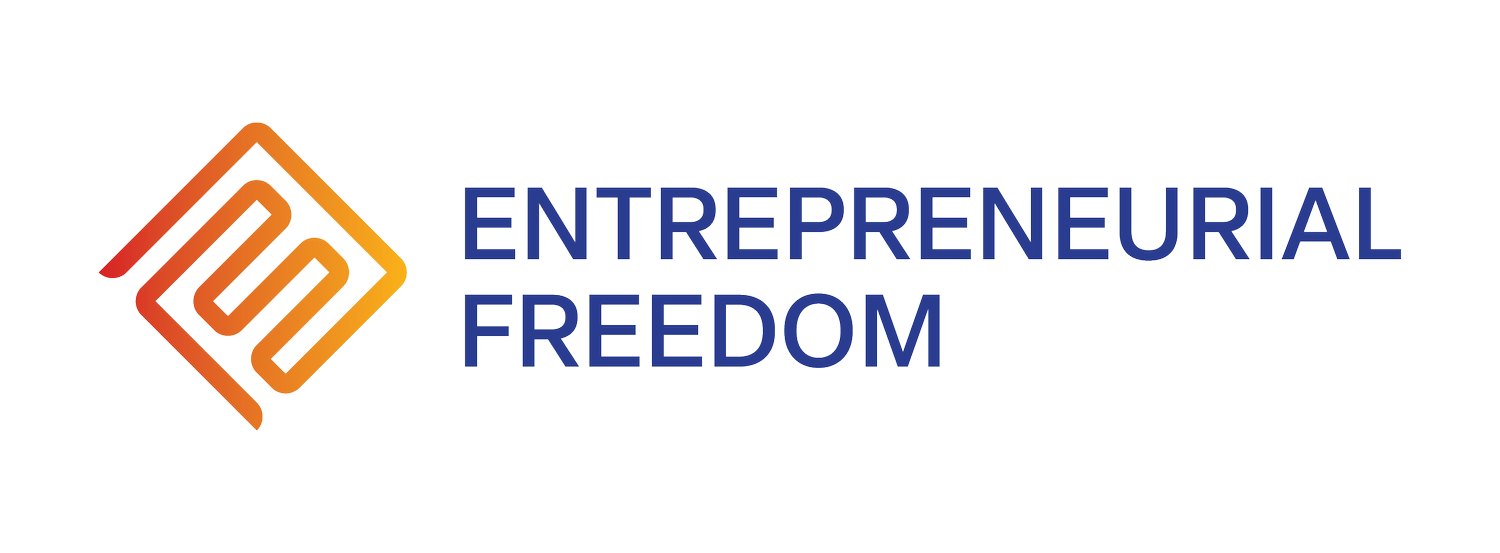The Overlooked Middle: Where Smart Founders Get Stuck (But Don’t Have To)
Lately, I’ve been writing a new keynote.
And in the process, I’ve had to pause.
Not just to gather stories—but to face them.
The stalls. The blind spots. The moments I didn’t understand until I was on the other side of them.
What surfaced wasn’t just reflection. It was recognition.
Because I’ve lived what I now see in so many of the founders I work with:
They’re not failing.
They’re trapped inside a structure that no longer fits the business they’ve built.
Welcome to the Overlooked Middle
It’s the $2.5M–$25M stage.
The business is successful, respected, profitable—and still dangerously founder-dependent.
You’ve outgrown startup chaos.
You’ve earned your place in the market.
But you’re not yet free. And most guidance at this stage? Either too high-level, too generic, or built for someone else entirely.
Let’s name what’s really going on.
1. Owner Dependence ≠ Control. It’s a Capacity Issue.
You’re not clinging to power—you’re carrying too much knowledge no one else has.
The real problem isn’t delegation. It’s the lack of structure to transfer and multiply your thinking.
Until you install that structure, you stay the bottleneck.
2. Scaling Without Losing Soul Isn’t a Fantasy. It’s a Design Challenge.
You don’t want to become another faceless firm.
You want scale with substance.
That requires intentional design: codified delivery, strategic positioning, and a leadership team that embodies your values without needing your daily presence.
3. Great Hiring Isn’t About Talent. It’s About Alignment.
You don’t need more hands—you need strategic minds who care like owners.
You attract them not with perks, but with magnetic clarity:
Who you are. What you stand for. And where you’re going.
4. Plateaued Revenue = Time to Change the Growth Model
Referrals got you here. But they won’t take you to the next tier.
Phase Two requires systems: proactive marketing, elevated pricing, and a differentiated position that commands attention—and margins.
5. Exit Isn’t a Dream. It’s a Discipline.
Most founders treat exit like an event.
In truth, it’s a multi-year strategy—one that requires de-risking, documenting, and repositioning your business as an asset, not a job.
The market rewards transferability, not hustle.
6. Time Poverty Isn’t a Calendar Problem. It’s a Structural Problem.
You’re not stretched because you’re unproductive.
You’re stretched because your time is spent at the wrong altitude.
Visionary founders should be in relational capital, strategic thinking, and leveraged decisions—not chasing deliverables and approvals.
You’re Not Failing. You’re Outgrowing.
The tension you feel? That’s not a signal to work harder.
It’s an invitation to redesign everything around the leader—and the business—you’ve become.
You’re standing on untapped leverage.
Once you see that clearly, the shift begins.
Over the next few weeks, I’ll unpack each of these patterns—not with theory, but with the insights, frameworks, and identity shifts that unlock real transformation.
No fluff. No pitch.
Just clarity from someone who’s been in your seat—and knows what it takes to build something that scales without stealing your life.
Because once you see the real game, you stop spinning.
And you start building what lasts.


